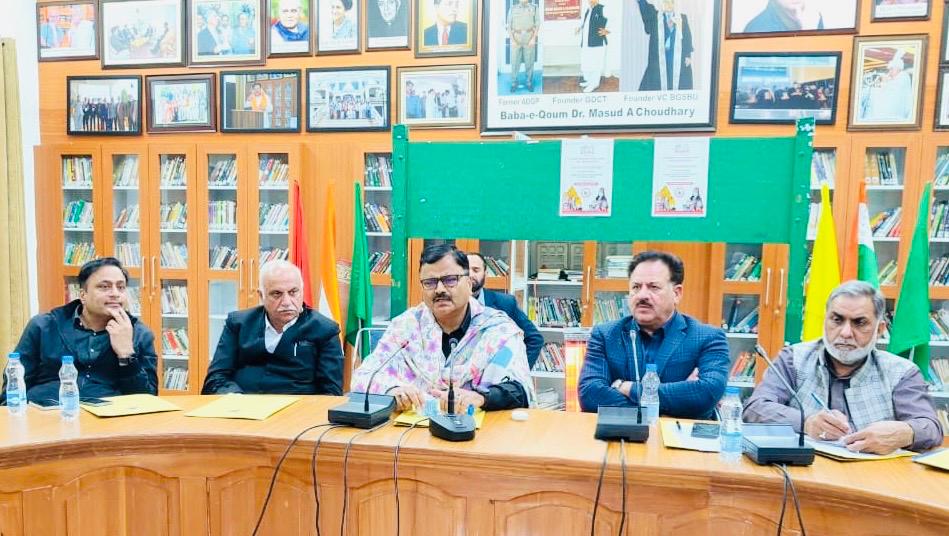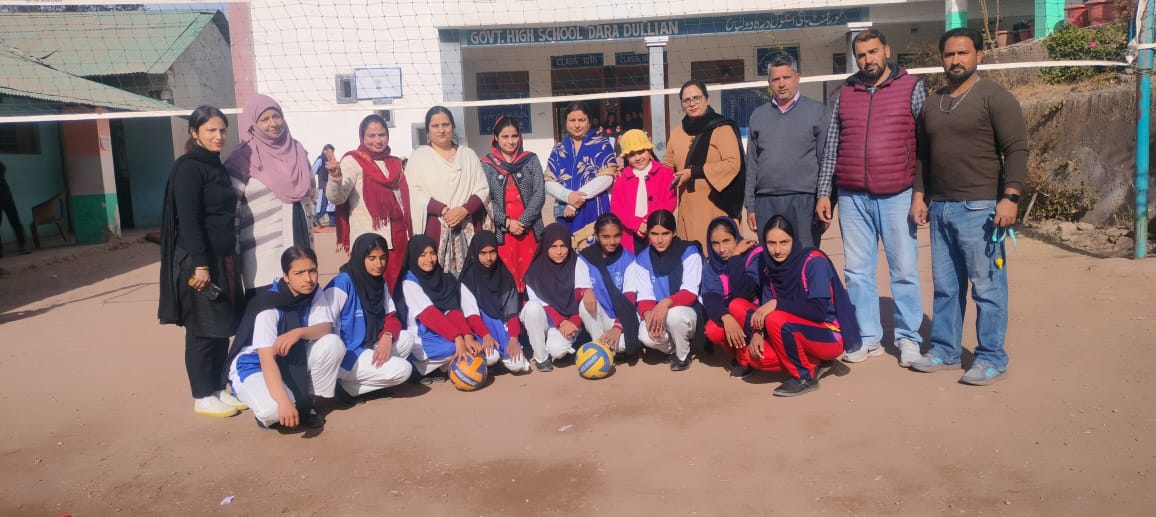GNS ONLINE NEWS PORTAL
SHYAM SOOD
*Experts worldwide call Akashteer a “seismic shift in warfare strategy.”
RAJOURI/DELHI MAY 16:-During the recent conflict between India and Pakistan, India’s fully indigenous Akashteer System—a new kind of warrior—awakened silently in the night skies. Without the roar of a fighter jet or the flash of a missile, it intercepted and neutralized Pakistan’s deadliest barrage of missiles and drones targeting civilians on the night of May 9 and 10.
This cutting-edge, automated Air Defence Control and Reporting System, developed by Bharat Electronics Limited (BEL) for the Indian Army, is the sharp edge of India’s air defence. It integrates radars, sensors, and communication technologies to deliver real-time situational awareness and seamless coordination.
Designed to detect and respond to aerial threats such as missiles and aircraft, the Akashteer System has significantly enhanced the Army’s ability to safeguard Indian airspace across diverse terrains.
While Pakistan relied on imported HQ-9 and HQ-16 systems, which failed to detect or intercept Indian strikes, Akashteer demonstrated India’s superiority in real-time, automated air defence warfare. It sees, decides, and strikes faster than any system currently fielded worldwide.
The system’s multi-layered integration reduces the risk of friendly fire and allows rapid engagement of hostile targets while protecting friendly aircraft in contested airspace. Its sensors include Tactical Control Radar REPORTER, 3D Tactical Control Radars, Low-Level Lightweight Radar, and the radar of the Akash Weapon System.
“Akashteer: From Passive Radar to Intelligent Combat — Akashteer is not about brute force; it is about intelligent warfare,” said the Ministry of Defence.
“The system provides a common, real-time air picture to all involved parties—control rooms, radar units, and defence guns—enabling coordinated air defence operations.”
Unlike traditional models reliant on ground-based radars and manual decisions, Akashteer automates the detection, tracking, and engagement of enemy aircraft, drones, and missiles. It merges radar systems, sensors, and communication into a unified operational framework.
Part of India’s broader C4ISR (Command, Control, Communications, Computers, Intelligence, Surveillance, and Reconnaissance) framework, Akashteer enables autonomous, real-time engagement decisions and works seamlessly with other defence systems. It is also vehicle-mounted and mobile, making it suitable for deployment in hostile environments.
This marks a clear shift in India’s strategic approach—from passive defence to proactive retaliation. Its integration with India’s larger C4ISR ecosystem allows for unmatched synergy across the Army, Navy, and Air Force.
India’s Unified Air Defence Network: A Silent Force with a Loud Impact.
Akashteer forms the core of the Indian Army’s Air Defence (AAD) system. It integrates smoothly with the Integrated Air Command and Control System (IACCS) of the Indian Air Force and the Navy’s TRIGUN system, creating a unified, real-time picture of the battlefield. Its high mobility makes it ideal for dynamic war zones.
The Make in India initiative has enabled the development of several advanced military platforms including the Dhanush Artillery Gun System, Advanced Towed Artillery Gun System (ATAGS), Main Battle Tank (MBT) Arjun, Light Specialist Vehicles, High Mobility Vehicles, Light Combat Aircraft (LCA) Tejas, and naval assets such as indigenous aircraft carriers, submarines, frigates, corvettes, and more.
India is targeting ₹3 lakh crore in defence production by 2029, reinforcing its status as a global defence manufacturing hub.
The private sector contributes 21% to total defence production, promoting innovation and efficiency.
A robust defence base includes 16 DPSUs, over 430 licensed companies, and around 16,000 MSMEs, strengthening indigenous capabilities.
Today, 65% of defence equipment is manufactured domestically, a major shift from the previous 65–70% import dependence.
Akashteer: More Than a System—A Message to the World
Experts around the globe are calling Akashteer a “seismic shift in warfare strategy.” With this system, India joins an elite group of nations possessing fully integrated, automated air defence command and control capabilities.
Akashteer doesn’t just see faster—it decides faster and strikes faster than any comparable system globally. It is not merely a technological achievement; it is India’s answer to asymmetric warfare, hybrid threats, and cross-border terrorism.
Its resounding success in neutralising Pakistan’s offensive during Operation SINDOOR proves that India’s future lies not in imports, but in innovation—a truly Aatmanirbhar Bharat.
(Inputs from the Ministry of Defence)













 Users Today : 118
Users Today : 118 Users Yesterday : 224
Users Yesterday : 224